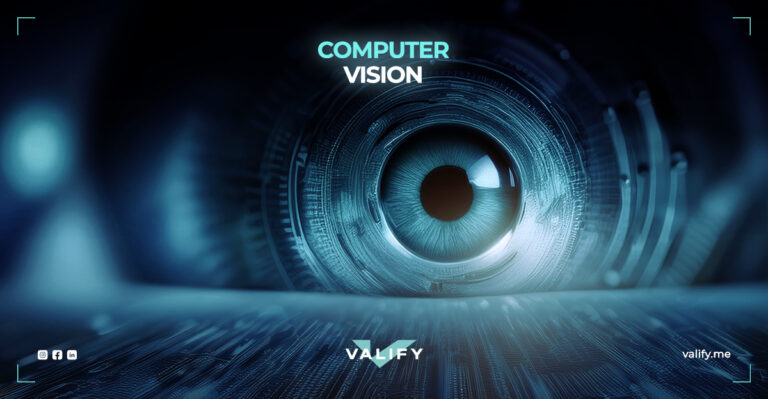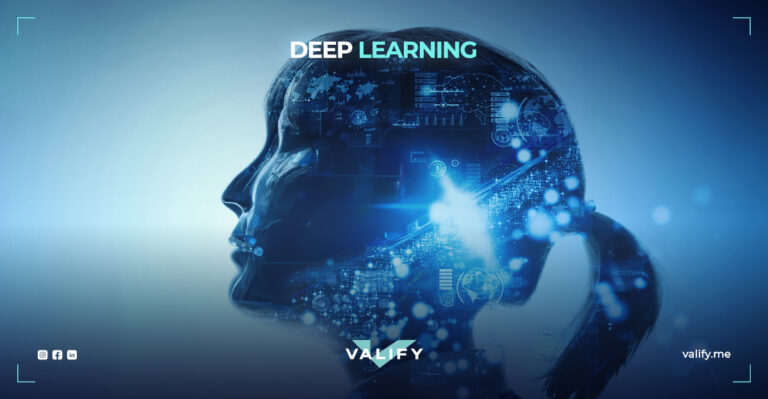Human eyes are designed to see, but understanding what we see is left to our brains.
The same concept applies to computers, which can save, crop, and edit images but need specific capabilities to interpret and understand visual information. Computer vision is the field of AI that enables computers to comprehend visual data such as images and videos.
This process involves developing algorithms and systems that can process, analyze, and make decisions based on visual data.
Here’s a Look Into the Steps Involved:
- Image Acquisition: Capturing visual data using cameras, sensors, or other devices.
- Image Processing: Enhancing and manipulating images to improve their quality or extract useful information, using techniques like filtering, edge detection, and noise reduction.
- Feature Extraction: Identifying and describing key features or patterns in an image, such as edges, corners, textures, and shapes.
- Object Recognition: Identifying and classifying objects within an image by training models to recognize different categories of objects, such as cars, people, or animals.
- Scene Understanding: Interpreting the context and relationships between objects in an image or video.
- Motion Analysis: Analyzing movement within a sequence of images or video frames, including tracking objects over time, detecting motion, and interpreting human actions.
- 3D Vision: Understanding the three-dimensional structure of a scene from two-dimensional images.
Convolutional Neural Networks (CNNs) are a crucial technology in deep learning, enabling the automatic learning of features from large datasets of labeled images.
To understand more about deep learning, please refer to our past article: Deep Learning
The process of how computers “see” involves capturing visual data, preprocessing it, and applying various algorithms to extract and understand information from images and videos. Key techniques include image segmentation, object detection, and classification. Deep learning, particularly through CNNs, has revolutionized computer vision by enabling more accurate and efficient analysis of visual data, leading to a wide range of applications across different industries.
Valify utilizes computer vision in its facial recognition product. Our ML team has trained the computers to understand human facial features and detect when these features change.



